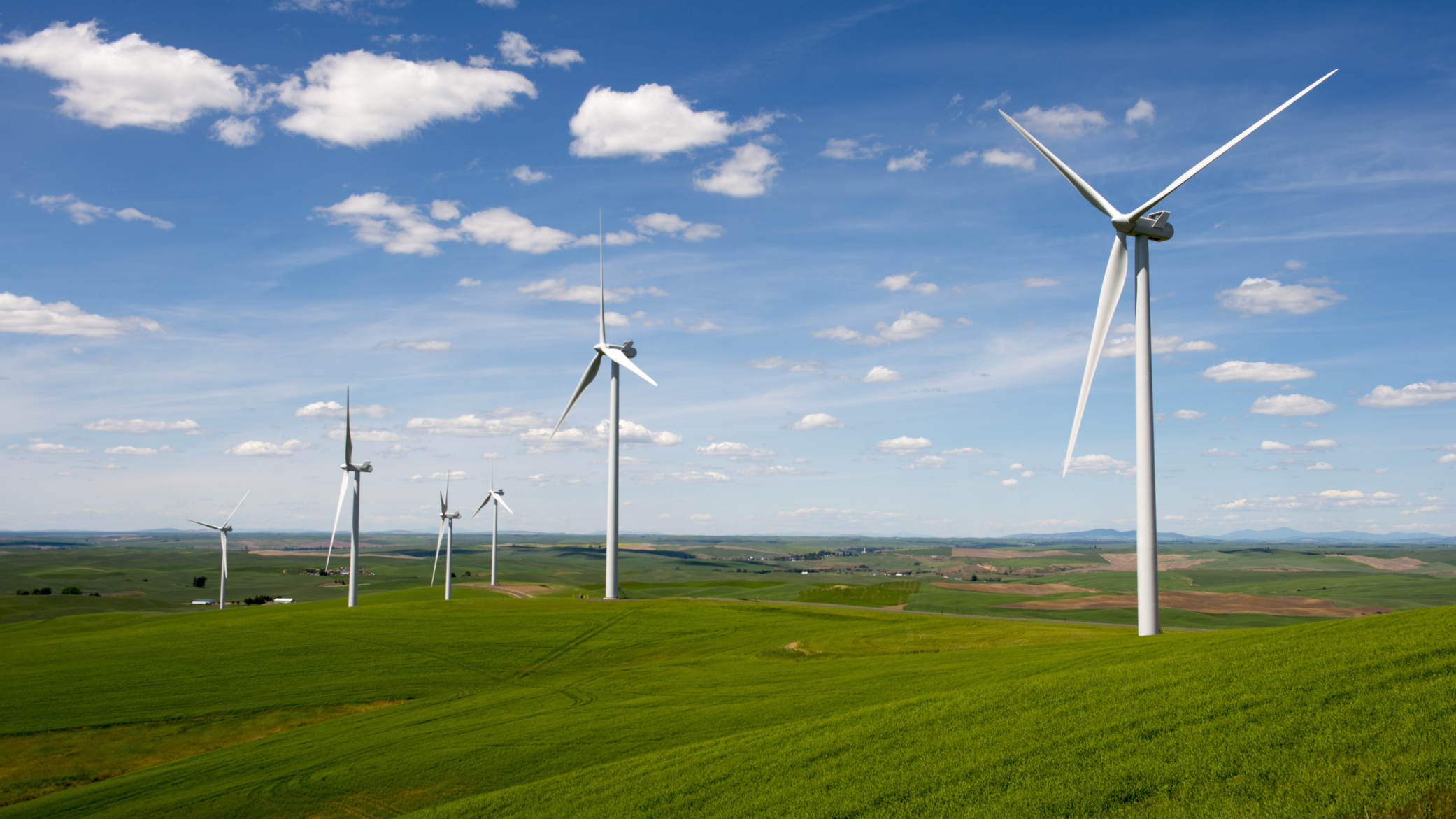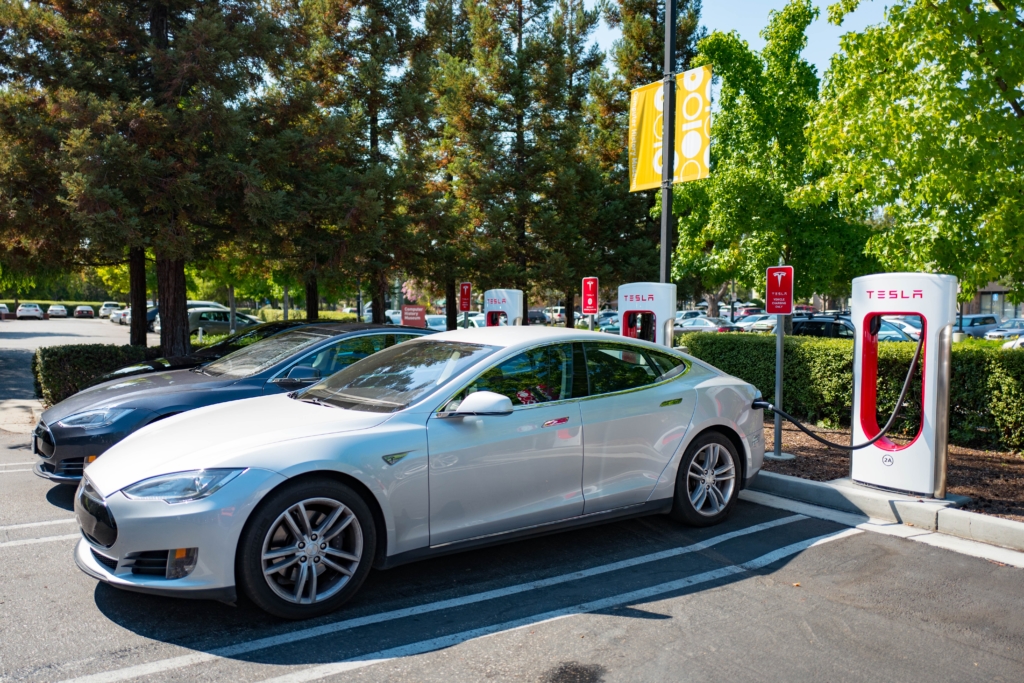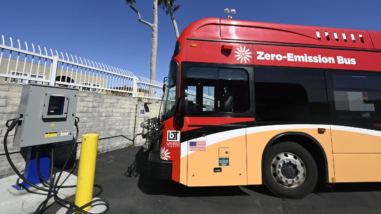Closing in on a clean energy future

Recently, ClimateWorks Foundation and the Climate Action Tracker published a report, “Faster and Cleaner 2: Kick-starting Global Decarbonization,” that summarized progress in three major sectors of the economy — power, transportation and buildings.
The good news is that renewable energy is transforming electricity in ways that have exceeded expectations. Likewise, the rise of electric vehicles is holding on to its potential. However, the buildings sector has been slower in transitioning to cleaner and more efficient energy use.
What are the key takeaways and policies needed to make further advances? Read on, or take a look at the report.

Renewable costs have dropped significantly, which increases their uptake and drives costs down even more. Simultaneously, investments in research and development of renewables and technological innovations accelerate this trend. Experts call this a “virtuous cycle,” and it has driven rapid renewable growth in ways that have surprised even the optimistic analysts.
In the U.S., renewables constituted nearly two-thirds of large-scale energy additions in 2015 and 2016. In the European Union, more than three-quarters of all new energy was from renewables in 2015. In China, solar capacity nearly doubled in 2016.
Globally, for the first time, new renewable capacity exceeded new coal capacity. Solar is now cheaper than coal in more than 30 nations and many U.S. states, and projected to grow sevenfold in the next 15 years. In 2016, wind was the cheapest source of energy in the U.S.
Some key pro-renewable policies such as feed-in tariffs, which are credits to energy users for the renewable electricity they generate, in a handful of nations such as China, Germany, Denmark, Spain and U.K., have made the difference.
In addition, China and India have both set ambitious targets for powering their nations with renewable energy. China is working toward installing 110 GW of solar energy and 210 GW of wind energy by 2020; together, this is equivalent of taking over 100 million passenger cars off the road. India is aiming to install 100 GW of solar and 60 GW of wind by 2022. China, by the way, has a booming solar panel manufacturing industry that, coupled with solar-friendly policies like feed-in tariffs, is increasing demand of rooftop solar in places like Germany and Spain.
Other countries are beginning the process to exit from the dirtiest form of energy — coal. France, Finland and Canada have set their sights on eliminating coal from their energy mix by 2030, and a group of 48 countries in Latin America, Africa and Asia are moving toward 100% renewables by 2050. These targets will only drive solar and wind costs down further, continuing the virtuous cycle. Experts predict solar and wind will be at the same or lower price of fossil fuels in two-thirds of all nations by a few years from now.
Invest in energy storage and smart grids
Several key national renewable energy policies made all this progress possible. Now we need policies that specifically focus on how to design electricity systems around variable renewable energy like wind and solar. We need policies that will expand and improve electricity grid infrastructure such as investments in energy storage and “smart” grids, which use technology to quickly react on a hyper-local and user level to changes in energy usage. Most importantly, we need electricity market that value flexibility in both demand and supply.
Finally, in places where wind and solar might not suffice, we need to innovate in new electricity technologies like carbon capture, deep geothermal and safer, advanced nuclear energy.

Thanks to some simple policies, tax incentives and technological innovations, electric vehicles (EVs) are on the rise around the world. There are 100 times more EVs today than there were in 2010. Charging infrastructure has increased, and charging speed has skyrocketed.
Tax rebates and incentives, purchase subsidies, and traffic incentives for drivers such as bus-lane access, high-occupancy vehicle lanes, lower highway tolls, free license plates, free parking, and investment in charging infrastructure have made a huge difference in EV uptake. The fact that some governments have set targets for EVs – such as China’s goal of 30% of all government cars to be EVs or alternate-energy cars – has spurred progress.
In addition, several nations have invested in research and development programs for electric vehicles. This will help make EVs cheaper and batteries better, increasing driving distances between charging. The technology is improving by leaps and bounds every year, which will change the game for car buyers around the globe.
In the U.S., especially California, EV sales jumped up between 2011 and 2013; in the EU, they jumped in 2015. In China, EV sales beat those in the U.S. and E.U. In Norway, EV sales spiked after the nation implemented tax incentives. EV sales are expected to increase in the coming years.
Accelerate the switch to electric vehicles
The tough news is no amount of increased fuel economy standards for internal combustion engine vehicles will be enough to avoid the worst outcome of climate change – and this means limiting to well below a 2 degree global average temperature rise or even a 1.5 degree rise. The world – and particularly the major economies — will simply need to hasten the switch to electric vehicles.
To do that, more nations and states need to put into place policies that incentivize electric vehicles, such as purchase subsidies and tax rebates, road incentives such as access to bus and carpool lanes and lower road toll costs, government targets for EVs, and regulations on automobile manufacturers such as zero-emission vehicle requirements. Governments should also support research and development for EV battery technology and expansion of charging infrastructure in transit hubs.

In the clean energy transformation, buildings are perhaps the toughest to modernize. Still, there are some bright spots.
The E.U. is at the leading edge of buildings sector targets and policies, with regulations requiring all new buildings starting in 2020 to be zero-energy buildings, and goals of renovating 3% of government buildings each year, along with government grants, soft loans, and tax incentives for developers to meet energy efficiency targets.
In the U.S., California has adopted ambitious targets for zero-energy buildings and improving energy efficiency, with the ultimate goal of every new building to be a net-zero energy consumer or a net-positive energy producer (via rooftop solar, for example).
China has a buildings labeling program that is creating market competition and increasing popularity of efficient construction. The government has set standards for new residential buildings and programs to retrofit old buildings.
Mexico launched a green mortgage program offering low interest rates for builders who prioritize energy efficiency and meet certain standards. Millions of buildings in Mexico have been improved by this policy.
Costs for energy efficiency retrofits are decreasing, and public-private partnerships that support efficient construction have offered additional motivation.
Set more standards and innovative incentives
There’s more work to do on this front, such as getting governments to set buildings efficiency codes and standards; incentivizing mechanisms such as green building labels, energy labels, and mandatory energy audits; creating tax and financial incentives (e.g., tradeable permits) for efficient construction; and encouraging voluntary initiatives by building industry groups like the ones promoted by the World Green Building Council, Global Alliance for Buildings and Construction, and the Carbon Neutral Cities Alliance.



